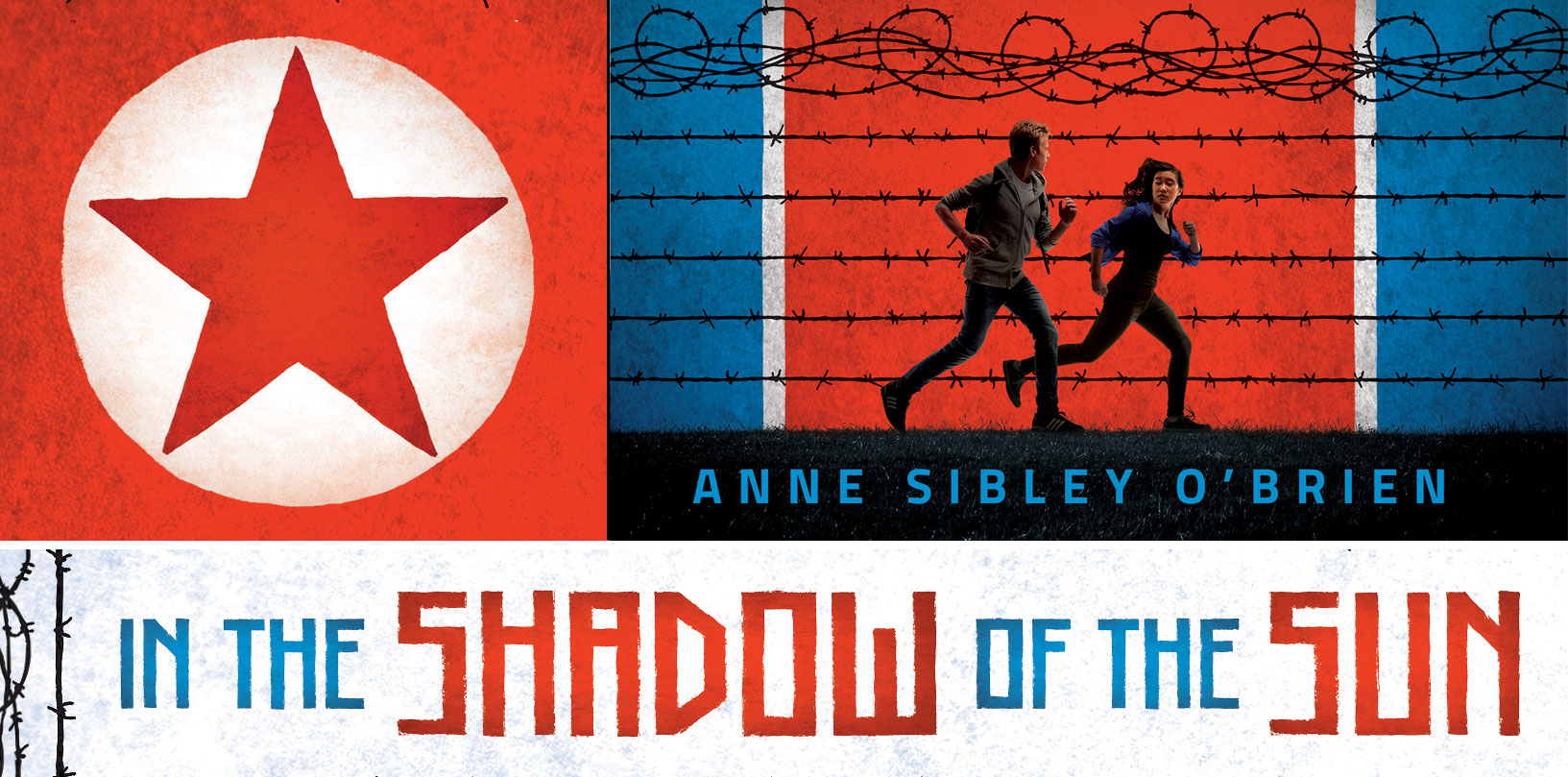During lunch we got to spend a few minutes viewing the exhibit of Kadir Nelson paintings published in the book, We Are the Ship: The Story of Negro League Baseball. The illustrations are stunning, and the exhibit far more so, because the actual oil paintings are huge.
Entering the gallery, you encounter the life-size figure of catcher and slugger Josh Gibson, who hit 75 home runs in 1931. The painting (also the book’s cover illustration) is hung so that the ball player and museum visitor meet eye to eye. Gibson has a powerful, almost mythical presence, rendered with extraordinary lifelike detail, from gleaming flesh to fraying fabric around the collar. Brushstrokes in the surrounding sky suggest motion, as if the air around the still figure is vibrating.
The paintings are striking in their strength, depth of color, contrast in light and shadow, and stylistic distortions that make them more expressive and memorable than if they were photo-realistic. As a group, they are a vivid and indelible account, bringing the players of the Negro League alive. An added delight is the display of rough thumbnail sketches.
This summer, the paintings will be on display at the Western Pennsylvania Sports Museum in Pittsburgh. Three, including the portrait of Josh Gibson, have been purchased by the Muskegon Museum of Art in Michigan.
The artist is quoted in an exhibition brochure:
“What I found most striking was the story of the Negro League; its overwhelming success despite the daunting odds against it. The spirit of independence, having made something out of nothing at all. Armed with only intellectual and athletic talents, and the sheer will to play the game that they loved so dearly, this group of men assumed control of their destiny. After being pushed out of the game by an overwhelming majority, African-Americans, rather than giving up, formed leagues of their own, successful leagues that lasted almost thirty years.
“Overall, I hope that I have done justice to these somewhat forgotten men and given them the tribute that they deserve. I don’t wish to deify them but rather honor them, portray them as the heroes they were and further solidify their place in history.“




